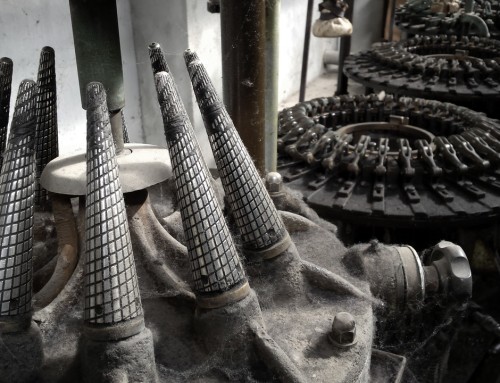The Ten Year Enterprise Tax Plan is thought to support growth, higher wages and jobs by lowering the tax rate for companies over time to an internationally competitive level. It will boost new investment, create and support jobs and increase real wages, starting with tax cuts for small and medium sized enterprises that will permanently increase the size of the economy by just over one percent in the long term.
Over $33 billion will be spent to deliver “critical and innovative” infrastructure, including road and rail upgrades. The Government will better target superannuation concessions while ensuring that incentives for individuals to save for retirement continue.
The $1.1 billion National Innovation and Science Agenda and new measures to support innovation will put Australia on the right track to becoming a leading innovator.
The twenty year defence industry plan is underpinned by the Government’s commitment to grow Defence funding to 2 per cent of GDP by 2020-21, transforming the defence manufacturing industry.
The $840 million Youth Employment Package will provide an innovative approach to help up to 120,000 vulnerable young people secure jobs.
Near-term economic growth is being supported by household spending, investment in housing and exports. This strong economic growth is also underpinning strong jobs growth. Almost 300,000 jobs were created in 2015, the most created in a single year since 2007. Historically low interest rates and a lower exchange rate compared with the peak of the mining boom are supporting households and businesses.
Global growth has weakened with growth in the United States having moderated, continued sluggish European growth and economic difficulties in a number of commodity exporting countries.
However, growth in Australia’s major trading partners is expected to remain higher than global growth, reflecting Australia’s trade links to East Asia where growth remains relatively strong.
This is the third budget to be handed down by the Liberal/National Coalition since their election to government at the 2013 federal election, and the first to be handed down by Morrison and the Turnbull Government. The government forecasts a deficit of $37.1 billion, which is $2.7 billion less than the estimated $39.8 billion deficit during the 2015–16 financial year.
Starting 1 July 2016, individual tax rates will remain the same except that the $80,000 upper threshold for the 32.5% rate will be increased to $87000 and the 2% deficit repair will levy on individual incomes above $180,000 will be abolished. The small to medium business tax rate will also be lowered once again, by 1% to 27.5%. The turnover threshold in which small businesses would be eligible for this lower tax rate will be raised significantly, from $2 million to $10 million, with the expectation that it will once again be raised drastically to $25 million in 2017–18, $50 million in 2018–19, and eventually $100 million in 2019–20. It is expected this tax cut will affect over 870,000 businesses, employing 3.4 million workers.
The Government is committed to restraining growth in spending and to sustainable revenue policies that will support economic growth while returning the budget to balance. The economy is forecast to grow by 2½ per cent in both 2015-16 and 2016-17 and to pick up to 3 per cent in 2017-18.



Leave A Comment